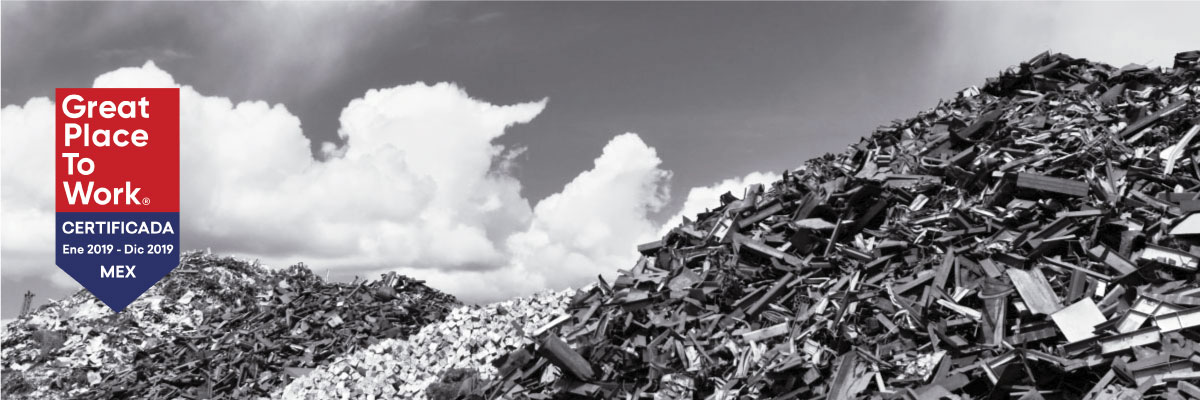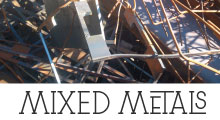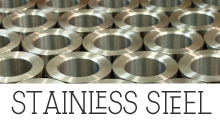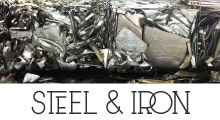Steel & Metals
Purchase, process, recycle and sell ferrous and non-ferrous scrap in Mexico and worldwide.
Ferrous Metals
All metals that contain any amount of iron in its basic form are considered ferrous metals. Because of this, the only ferrous metal element in the periodic table is iron. Many metals, such as steel, have a percentage of iron, which means that it is a ferrous metal. Some examples of ferrous metals are stainless steel, carbon steel and wrought iron.
Handling Ferrous Metals
Many recycling bins combine all kinds of metals in a tray. Because ferrous metals are magnetic, and non-ferrous metals are not, magnets are used to separate ferrous from non-ferrous metals. The metals are collected in the recycling trays and pass along a conveyor through a tunnel or hopper that is covered by powerful magnets. Ferrous metals adhere to magnets and non-ferrous metals continue through the hopper.
Non Ferrous Metals
Non-ferrous metals are the opposite of ferrous metals and do not contain iron. Alloy metals that are free of iron are also considered non-ferrous. All metals in the periodic table, with the exception of iron, are non-ferrous. Some examples of non-ferrous metals are aluminum, brass, copper and tungsten steel.
Handling Non Ferrous Metals
Some communities use a single recycling stream, where all recyclable materials are combined in a tray, making recycling easier for the consumer. Several methods are used to separate plastics, glass and metals in the recycling plant. The magnets are used to remove ferrous metals from the mixed materials. Non-ferrous metals, such as aluminum, can also be separated from the flow with an electromagnetic current. Electricity and magnets combine in an electromagnetic field that repel non-ferrous metals, pushing them out of the mixed materials into separate containers.
Our metal recycling process is carried out by methods such as compression, crushing, shearing, cutting and grading.
Other Materials














